10 Volleyball Drills for 8-10-year Olds
To build basic volleyball skills, volleyball drills are essential. Children are at the perfect age to develop the most basic volleyball skills, starting to teach them while they’re young, typically between the ages of eight and ten.
It’s no secret that keeping kids engaged in activities can be extremely challenging when the tasks lack fun or excitement.
Check out the list below to find Volleyball Drills for 8-10-year Olds for all levels if you’re leading a volleyball club at your middle school or simply want to support your growing volleyball professionals.
The Passing Ladder Drill
This is one of the most common mistakes children make when playing volleyball, making receiving the serve one of the most important moves to master. The passing ladder drill is supposed to teach children how to properly receive a serve.
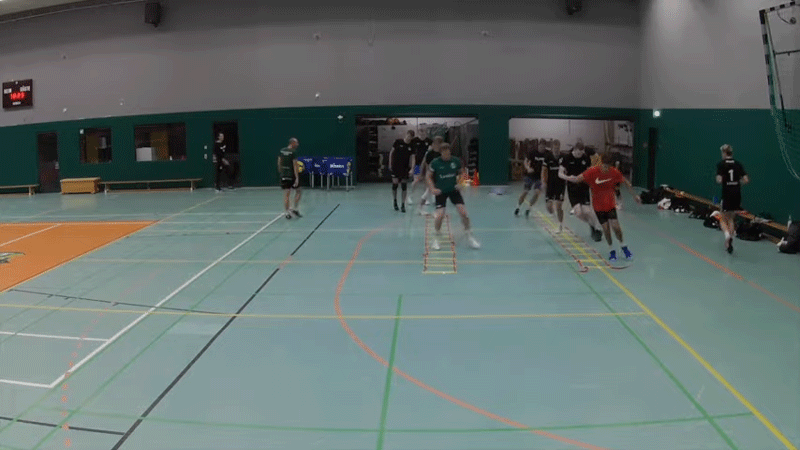
The focus of ladder drills is moving your feet as fast as possible. In the first drill, known as “in one out,” you’ll start at the side of the ladder and move your feet in laterally.
For this drill, which involves four players, one player will exclusively focus on serving the ball, providing them with valuable practice for their serve.
At the setter’s spot, another player stands in front of the net, with their primary role being to receive the ball – essentially serving as the target.
The two players positioned in the back of the court have the most challenging role among the players involved in this drill.
One of the two backline players will have to receive the ball with a forearm pass and pass it to the setter as the serving player hits the ball.
The key to this drill is communication, as the ball won’t fly perfectly at one specific player. The two players will need to figure out who is closest to the ball and get to it efficiently.
That’s how this volleyball drill, which involves 8-10-year-olds, teaches classic and sideways forearm passes, along with emphasizing communication and imparting some understanding of movement.
Conditioning and Warm-Up Drills
Before the volleyball match or training, it’s crucial for players to properly warm up their entire body. Warm-up exercises and drills should never be neglected by volleyball players, as they are essential for successful games.
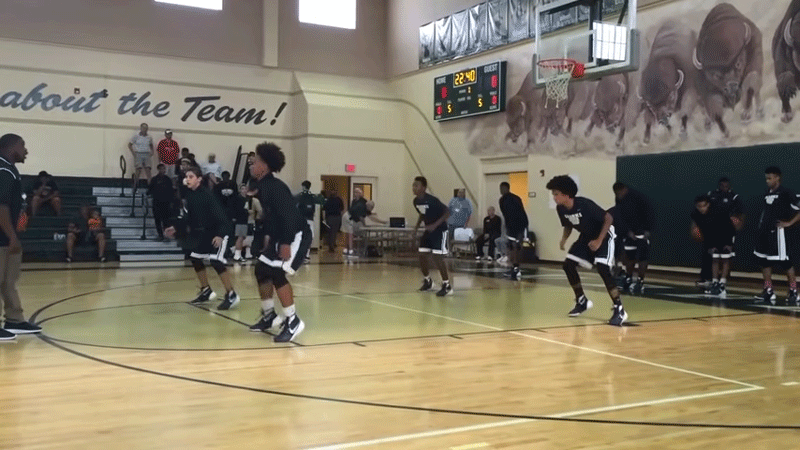
Set your team up for a productive practice session with a thorough warm-up.
For instance, have them use two hands to throw their ball in the air and then lie down to catch the ball before it hits the ground.
Among the top advantages of warm-up, such as elevating body temperature, increasing blood flow, preparing muscles for the volleyball game or practice, minimizing the risks of getting injuries during the game, enhancing flexibility, and improving performance.
There is no doubt that volleyball players have to use the ball during warm-ups, making it a good idea to incorporate games into the warm-up routine as well.
Forearm Passing
Two aspects of forearm passing that can be enhanced through home practice are platform discipline and footwork.
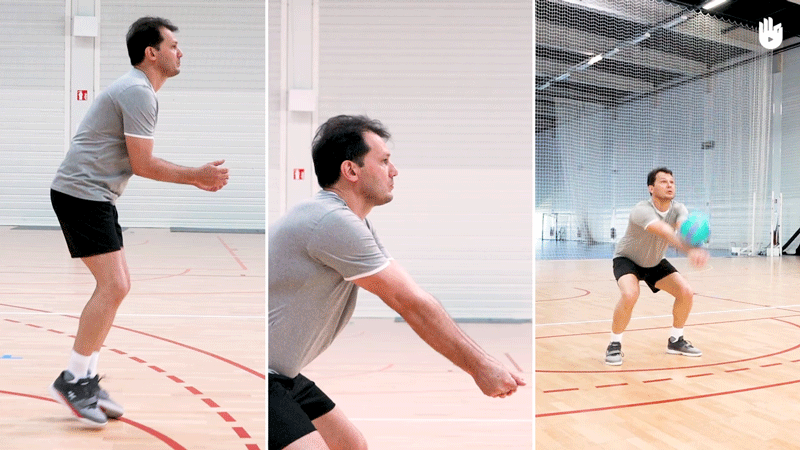
Some of the best options for exercises that improve platform discipline include passing against a wall or to a partner. You can also practice passing to yourself by tossing the ball up, passing it back, and catching it.
Perfect the art of forearm passing with this individual drill that challenges your players to toss their ball in the air, pass it, and catch it again.
For maximum effect, this drill can be repeated or timed.
The Pass and Cover Drill
It requires at least four players. With half the players lining up at one side of the court, the rest forming a line at the other side, the first player in line should stand at the back of the court.
The player then serves the ball to the other side and immediately goes to the back of the line, while the player on the other side sends the ball back with a forearm pass and quickly moves to the back of the line.
The players on both sides of the court pass to one another with forearm passes and immediately go to the back of the line.
Teaching them about quick positioning and passing simultaneously, this drill is highly beneficial.
The Pass and Go Drill
A fundamental exercise that emphasizes passing and movement, the “Pass and Go” drill is designed to enhance these essential volleyball skills.
Dividing your players into two teams, with each team positioned on opposite sides of the net, one team starts as the serving team, while the other team assumes the role of the receiving team.
The drill commences with the serving team initiating it by serving the ball over the net to the receiving team. The objective of the receiving team is to accurately pass the ball to a designated target player on their side, symbolizing the “pass” component of the drill.
Following the ball’s successful pass, the player responsible for the pass swiftly transitions to the net or a predetermined attacking position, signifying the “go” aspect of the drill.
The setter or another player from the receiving team is responsible for setting the ball to the player who transitioned to the net. Subsequently, the player at the net endeavors to score a point for their team by spiking or attacking the ball over the net.
Simultaneously, the serving team makes efforts to defend against the attack and return the ball. The drill unfolds with both teams taking turns in serving, passing, and attacking the ball.
Emphasizing quick transitions from passing to attacking, this drill enhances players’ positioning and reaction time.
Passing Circle
Focusing on passing and ball control, the Passing Circle is a volleyball drill that encourages players to collaborate and improve their passing skills as a team.
Forming a circle with your players, ensure that each player is positioned a few feet apart and that the circle is evenly spaced.
To initiate the drill, have a coach or a player positioned at the center of the circle.
The group leader will toss the ball about 10-15 feet into the air, calling out a direction (right or left).
In the direction called out by the group leader, the group will rotate, and the next player will get in position under the ball.
While continuing to toss the ball and rotate, it’s important to ensure that the ball remains in the same general place as where it started.
Before the next player tosses the ball straight up, the group leader has the option to call out a different direction at any time.
Under the ball, the entire circle must change directions as it rotates.
An excellent method for developing passing skills, teamwork, and ball control, the Passing Circle drill also promotes players’ comfort in passing to both their right and left sides, thereby enhancing their all-around passing abilities.
The Stop and Go Drill
A valuable exercise for enhancing a player’s agility, reaction time, and court coverage, the “Stop and Go” drill in volleyball focuses on improving these essential skills.
Teaching players how to stop quickly and change direction effectively, this drill is instrumental in developing their defensive skills, particularly in the context of chasing down the ball.
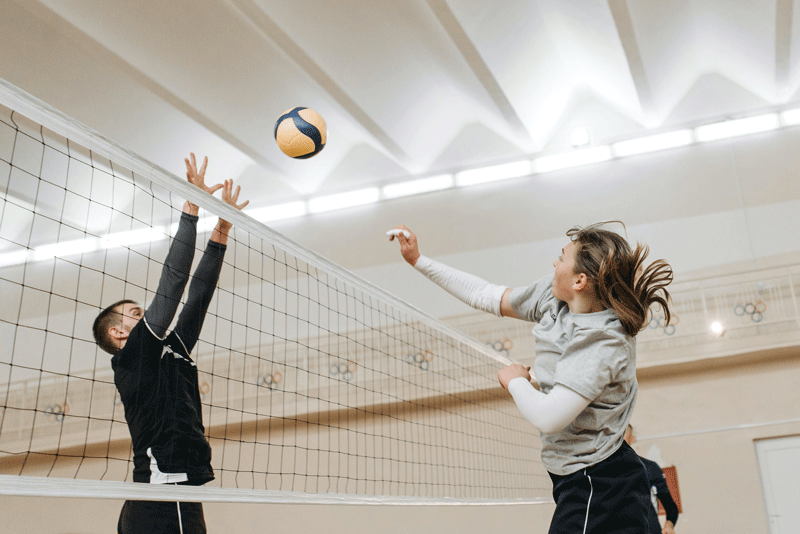
The purpose of the drill extends beyond teaching quicker movements; it also aims to reduce reaction time. It emphasizes the importance of children starting their movements as soon as their brains receive information about where the ball will strike.
This drill involves placing a player in the middle of the court, with 8 numbered cones set on the court lines.
The player is required to touch the cone as quickly as possible when the coach shouts a number.
Initially, as the drill begins, the children may encounter some difficulty in remembering the numbers assigned to the cones, but they tend to grasp this aspect fairly swiftly.
A desirable outcome is when a player initiates their movement immediately upon hearing the number.
The crucial focus here is not the time it takes for them to reach the cone from the middle of the court; that aspect will be addressed later. What’s significant is their ability to react promptly.
An unfavorable outcome is when a player experiences a delay in their reaction. If a number is called, and they require a moment to initiate their run, it signifies that this player should focus on reaction drills more intensively than others. Such a delay can be costly in the middle of an actual game, resulting in the loss of a point.
In a game situation, it’s a great way to enhance players’ agility, quick thinking, and reaction time.
The Out-of-Bounds Drill
Designed to enhance players’ capacity to judge whether the ball is in or out of bounds, the “Out-of-Bounds Drill” is a valuable volleyball exercise.
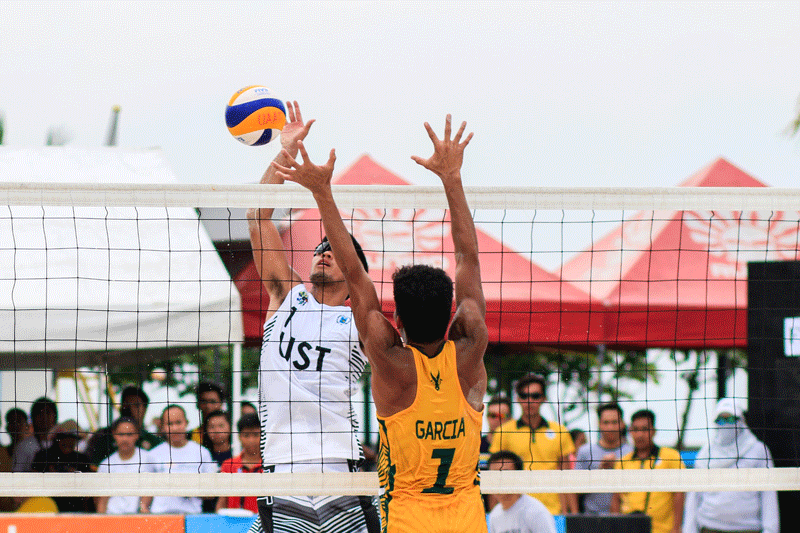
Crucial for refining line judgment and honing decision-making skills, this drill holds particular significance in a volleyball training regimen.
Once again, a player is positioned in the middle of the court, and the ball is thrown out of bounds (the speed of the throw is adjusted to gauge the player’s ability to react).
Before the ball touches the ground, the player is required to reach it and pass it back into their half of the court.
A valuable exercise that enhances players’ capacity to make accurate judgments regarding the ball’s placement on the court, the “Out-of-Bounds Drill” simultaneously fosters essential skills for teamwork, communication, and quick decision-making, all of which are vital in real game situations.
The Backward Run Drill
A practice exercise designed to enhance a player’s agility, balance, and court coverage while moving backward, the “Backward Run Drill” is a valuable component of volleyball training.
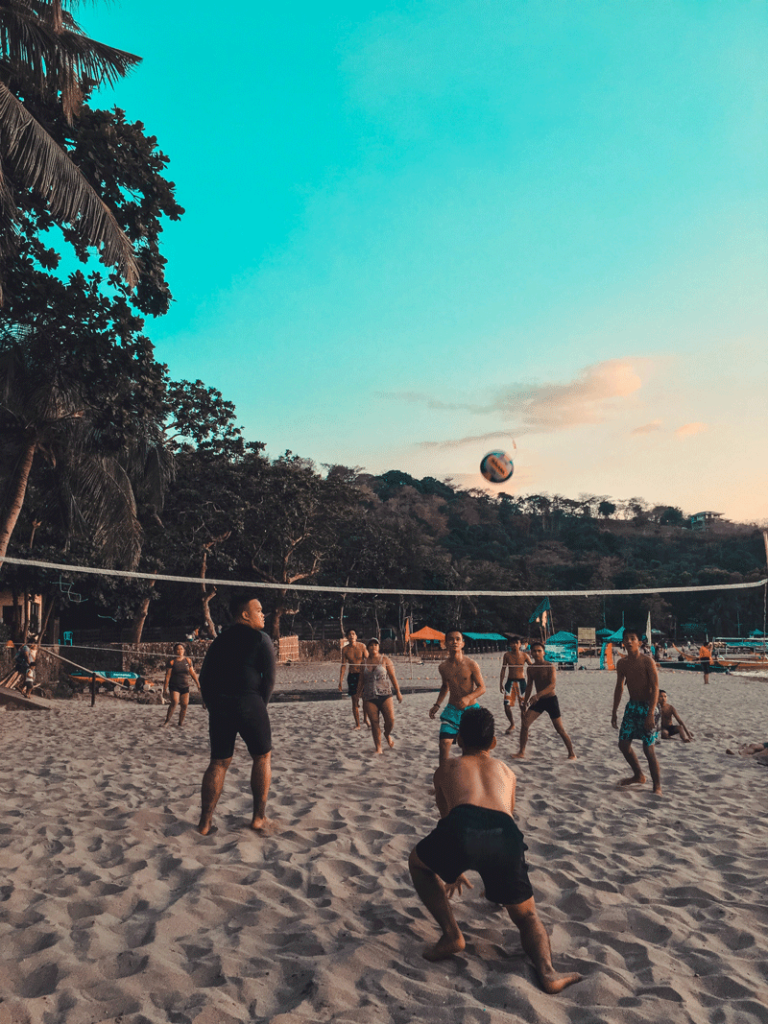
Particularly beneficial for improving defensive skills and augmenting a player’s capacity to swiftly respond to balls hit behind them, this drill is highly advantageous.
In certain situations, a player’s initial instinct when the ball heads behind them might not be to run backward but to turn around. The choice between these responses depends on the specific circumstances, with running backward proving advantageous in some cases and turning around being more effective in others.
The primary objective of this drill is to instruct young players on the timing and decision-making associated with running backward or turning around and running conventionally in response to different game situations.
To develop the skills and decision-making aspect, your players can be divided into two groups and engage in throwing balls at each other randomly. Some throws can be aimed just behind the receiving player, necessitating them to run backward, while others can be directed so far behind that the player must turn around and run in response.
An essential component of volleyball practices, the “Backward Run Drill” is particularly valuable for enhancing defensive skills and enhancing players’ overall court coverage. This drill is instrumental in developing players’ capacity to move backward swiftly and respond efficiently to plays that demand retreating toward the baseline.
Partner Drills
Customizable to cater to various skill practice needs, working with partners allows your students to hone a range of abilities.
From straightforward passing to more intricate ball-rolling drills, your team is certain to witness substantial improvements in their fundamental skills.
With partner drills, players can focus on enhancing their serving and serve-receive skills. In this setup, one player serves the ball, while their partner receives it with a pass, ultimately improving both serving accuracy and receiving technique.
Certain partner drills are centered around teamwork and cooperation, providing players with opportunities to refine their strategies, such as setting the ball for a quick attack or executing various plays in conjunction with their partners.
Final Reviews: Volleyball Drills for 8-10-year Olds
Incorporate them into your training drill regime now, as it’s the perfect time for kids to begin refining their passing and movement skills, I strongly suggest.
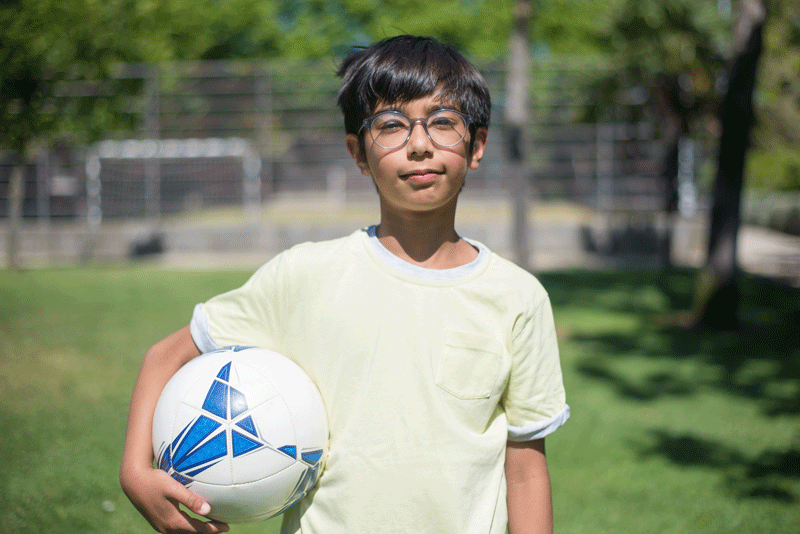
Focusing on passing and movement, here are ten volleyball drills for 8-10-year-olds that will undoubtedly elevate their game to the next level.
Also Read: 7 Volleyball Passing Drills for Beginners
